Aglaonema ‘bleeding angel heart’
Original price was: ₹490.₹360Current price is: ₹360.
Out of stock
Email when stock available
Description
This product can ship to all over India
Aglaonema ‘Bleeding Angel’ is a cultivar of the Aglaonema plant, also known as Chinese evergreen. It is a popular houseplant appreciated for its attractive foliage.
Aglaonema plants are generally known for their colorful leaves, which can feature shades of green, silver, pink, or red. They are relatively low-maintenance plants that thrive in indoor environments with moderate to low light conditions. Aglaonema plants are native to tropical and subtropical regions of Asia and are commonly grown as houseplants due to their tolerance for indoor conditions.
Lighting: Aglaonema plants prefer bright, indirect light. They can tolerate lower light conditions but avoid placing them in direct sunlight as it can scorch their leaves.
Temperature: Aglaonema plants thrive in average room temperatures ranging from 65°F to 75°F (18°C to 24°C). Protect them from drafts and extreme temperature fluctuations.
Watering: Allow the top inch of the soil to dry out before watering your Aglaonema. Overwatering can lead to root rot, so it’s important not to let the plant sit in water. Water thoroughly but make sure the excess water drains away. Reduce watering during the winter months.
Humidity: These plants prefer moderate to high humidity levels. You can increase humidity around the plant by placing it on a pebble tray filled with water or using a humidifier.
Soil: Use well-draining soil that retains some moisture but does not become waterlogged. A mixture of potting soil, peat moss, and perlite or sand works well.
Fertilizer: Feed your Aglaonema with a balanced houseplant fertilizer diluted to half strength every two to four weeks during the growing season (spring and summer). Reduce fertilization during the winter months.
Pruning: Regularly remove any yellowing or damaged leaves to keep the plant looking tidy. You can also trim the plant to maintain its shape if it becomes leggy.
Propagation: Aglaonema can be propagated through stem cuttings or by dividing the plant during repotting. Ensure each cutting or division has a few leaves and a portion of the root system.
Only logged in customers who have purchased this product may leave a review.


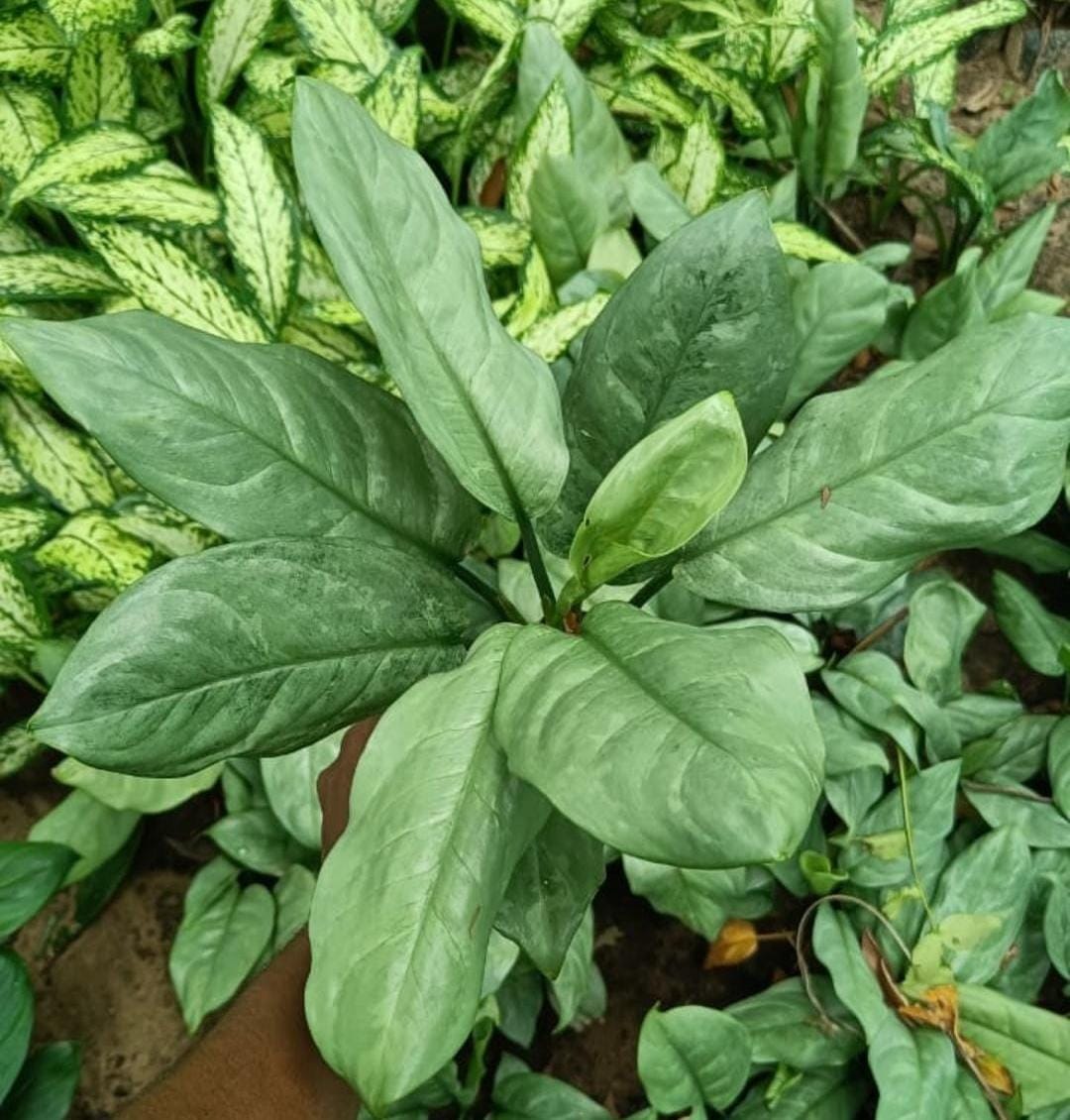
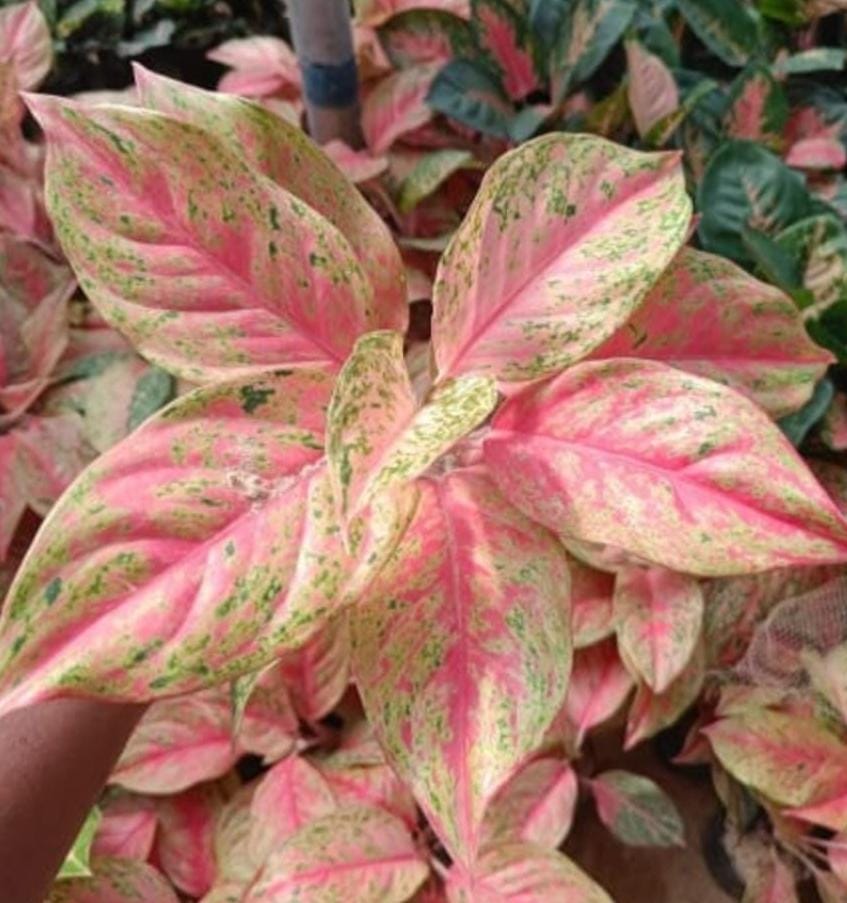
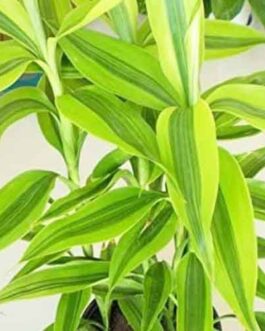
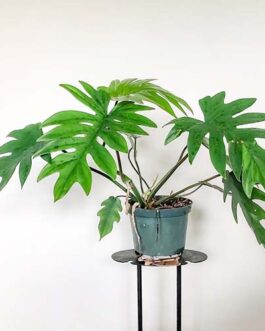
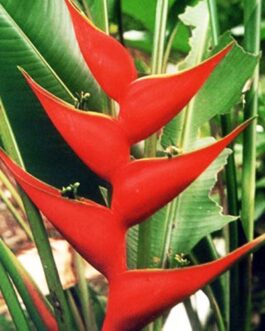
Reviews
There are no reviews yet.